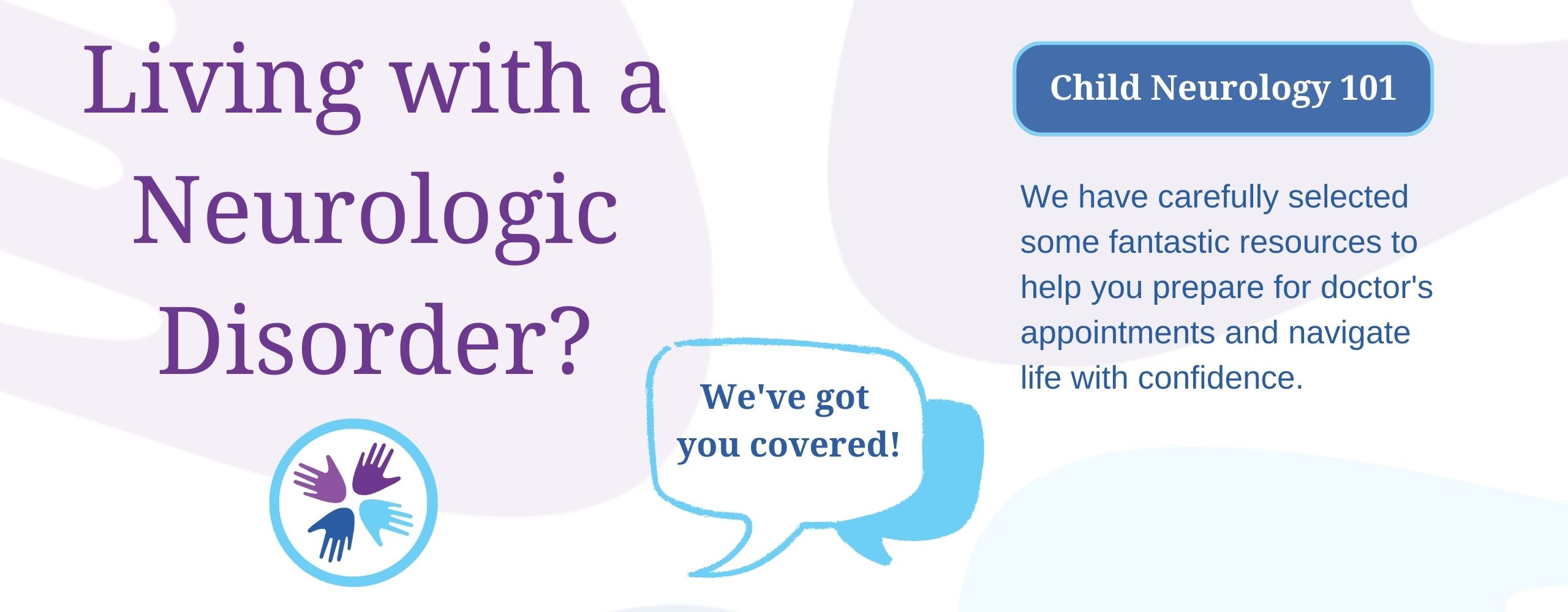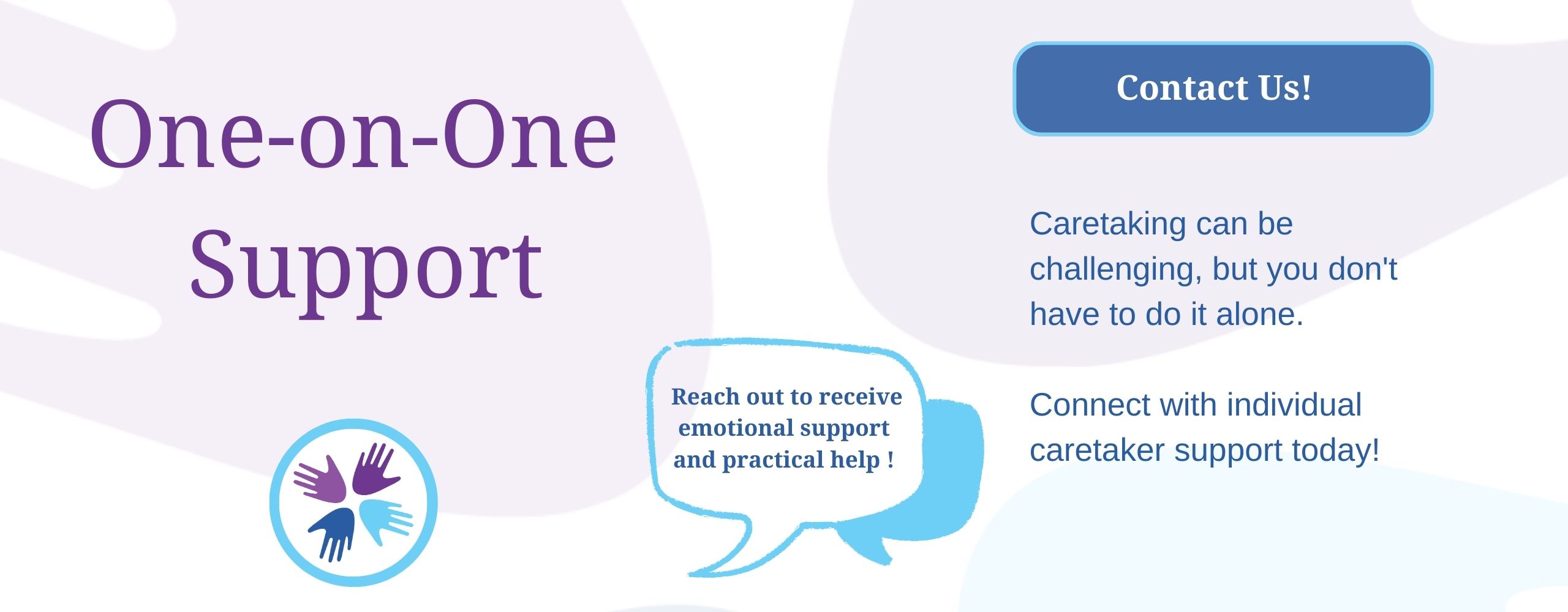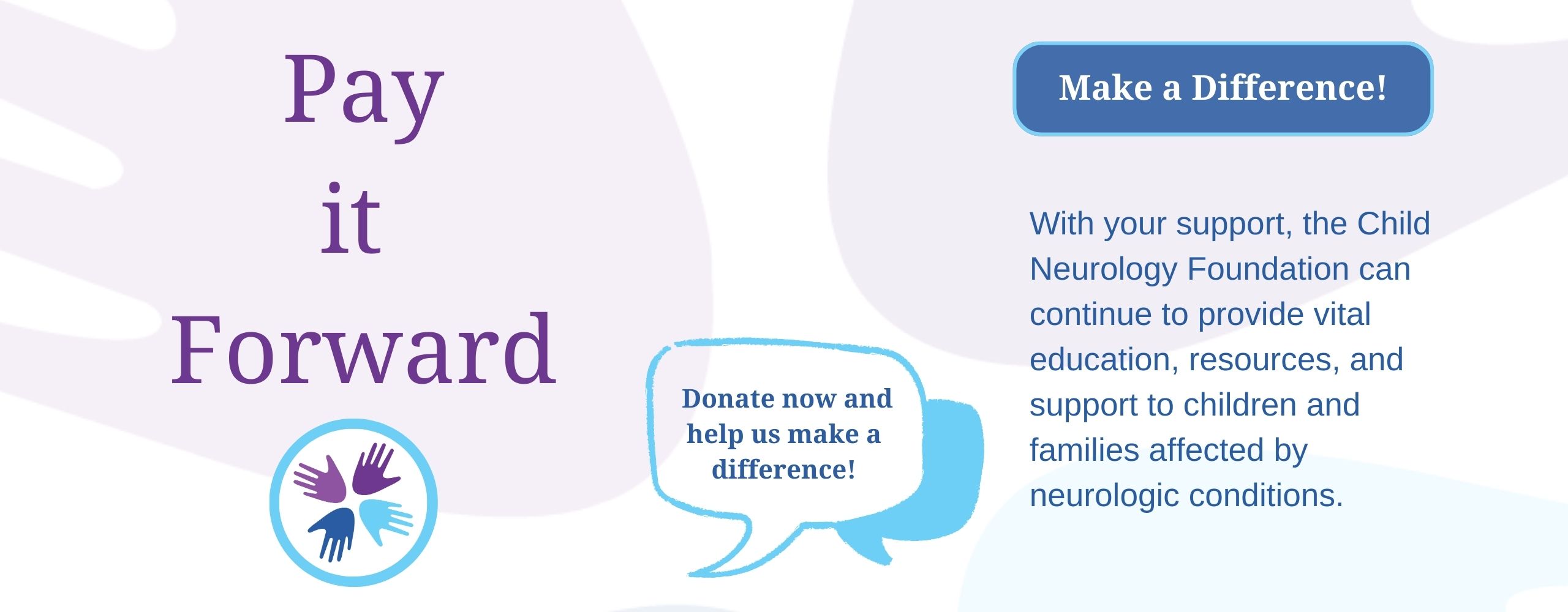
Authors: Ibrahim Elsharkawi, MD, Icahn School of Medicine—Mt. Sinai; Peter McGuire, MS, MD, National Institutes of Health (NIH); Shamima Rahman, FRCP, FRCPCH, PhD, UCL Great Ormond Street Institute of Child Health; Siobhan Climer, BS; Sophia Zilber, MA
Reviewed: September 2023
SUMMARY
Leigh syndrome is a rare and severe neurometabolic disorder. With neurometabolic disorders, the nervous system does not work properly. This is due to problems with its chemical processes (metabolism). As a result, a range of neurological issues can occur.
Leigh syndrome is a type of primary mitochondrial disease. This means it affects how mitochondria work. Mitochondria are cell structures that produce energy.
This condition primarily affects babies and young children. Symptoms usually start between the ages of three months and two years. It can also occur in teenagers and adults. However, this is less common.
Leigh syndrome is caused by a change in DNA.
Leigh syndrome is also known as Leigh’s disease.
JUMP TO
Disorder Overview
DESCRIPTION
Leigh syndrome is a type of primary mitochondrial disease. Mitochondria are structures found in cells. They extract energy from food. This helps cells function. Every cell in the body (except red blood cells) has mitochondria.
Primary mitochondrial disorders (PMDs) are a diverse group of conditions. They are caused by genetic changes.
Mitochondria play a crucial role in converting food and oxygen into energy. In the case of Leigh syndrome, some mitochondria do not work properly. Specifically, this affects cells that supply energy to the brain, nerves, and spinal cord.
Patients with Leigh syndrome have specific brain lesions. The presence of these lesions is key to diagnosis. These lesions typically appear in certain brain structures. This includes:
- The basal ganglia
- The brainstem
Leigh syndrome affects at least 1 in 40,000 people. This number may be underestimated due to population variations, misdiagnosis, and other factors.
Today, Leigh syndrome has no cure. The disease is progressive. It is likely to gradually worsen over time. Unfortunately, some individuals with Leigh syndrome do not survive beyond childhood. Others may have a longer lifespan but still face significant challenges.
It is important to recognize that the outlook for Leigh syndrome varies per person. It may progress quickly or slowly. Some people are affected more severely than others.
SIGNS AND SYMPTOMS
Early signs and symptoms of Leigh syndrome also occur with many other, more common, diseases. So, it is often difficult to diagnose Leigh syndrome when symptoms first start.
Early problems may include:
- Lack of appropriate weight gain
- Poor feeding or sucking
- Diarrhea and vomiting
- Loss of motor skills or other developmental skills
- Lethargy and drowsiness
- Irritability or continuous crying
As the disease progresses, symptoms typically become more apparent. They may include:
Neurological Symptoms
Motor Symptoms
Respiratory issues
Cardiac issues
Cognitive and behavioral changes
Optic atrophy (damage)
Seizures
Gastrointestinal issues
Patients may not experience every symptom. These symptoms and complications are only possibilities.
CAUSES
Leigh syndrome is caused by a genetic alteration. Over 110 genes can be affected. More genes are continuing to be discovered.
Genes are part of DNA. A person has two types of DNA. Leigh syndrome can arise from changes in either type. They are:
- Nuclear DNA. Nuclear DNA is found in the center (nucleus) of cells. Half of nuclear DNA is inherited from the father. Half is inherited from the mother.
- Mitochondrial DNA. This DNA is found in mitochondria. Mitochondrial DNA is inherited from the mother alone.
Leigh syndrome can be inherited. It can also occur spontaneously. When this happens, it is called “de novo.”
There are four ways the gene mutation can be inherited. They are:
Autosomal recessive inheritance (most common)
Each person has two copies of every gene. They get one from each parent. In this inheritance pattern, both parents must have a copy of the mutation.
- Both parents are carriers. This means they have a single mutant copy. As a result, they are unaffected.
- There is a 25% chance the child will inherit two mutant copies of the gene and show the disorder.
Maternal or mitochondrial inheritance (less common)
This type of inheritance is based on the genes that are found in the mitochondria.
- Mitochondrial DNA is inherited only from the mother.
- The mutation may be passed down to all, some, or none of the children.
- The mother may have a low level of the genetic change and be unaffected. Or, she may have a moderate amount and some symptoms.
- In some cases, the mitochondrial DNA mutation is de novo. In other words, it is not inherited.
X-linked inheritance (least common)
In this type of inheritance, the gene responsible for the condition is located on the X chromosome.
- Females have two X chromosomes. Males have one X and one Y chromosome. As a result, males with X-linked conditions are often more severely affected. (This is not always the case, though. Some X-linked conditions affect males and females similarly and equally.) Males are typically more severely affected because they do not have the other X chromosome to make up for it. Females do.
- A male has a 50% chance of inheriting one mutant copy of the gene from his mother. When this happens, he will show the trait or condition. This is because he does not have another X chromosome with a normal copy of the gene to make up for it. Females are less likely to manifest or have X-linked conditions. This is because they have a second X chromosome with a normal copy of the gene. However, females with X-linked genetic conditions may still show signs of it. It depends on the nature of the underlying condition.
Autosomal dominant inheritance (very rare)
Rarely, Leigh syndrome can be inherited in an autosomal dominant pattern.
- With this pattern, the person carries a single copy of the disease-causing gene. The gene is called DNM1L. In very rare circumstances, this may be inherited. Most of the time, the DNM1L gene change occurs de novo in the affected child.
- Currently, the only gene known to occur in this inheritance pattern is DNM1L. However, new genes are being discovered as time goes on. So, more genes may be added to this list in the future.
Leigh syndrome inheritance is complicated. It is very important to consult with:
- A geneticist
- A licensed genetic counselor who has expertise in mitochondrial disorders
They can properly explain the specific inheritance type that is relevant to your individual situation.
LABORATORY INVESTIGATIONS
Healthcare providers use multiple methods to diagnose Leigh syndrome. These methods include:
- Magnetic resonance imaging (MRI). MRI scans look for affected areas in the brain.
- Blood tests. The doctor checks lactic acid levels and other metabolic markers.
- Genetic tests. Tests could include a blood test, cheek swab, or urine sample. They allow the doctor to identify the type of gene mutation causing Leigh syndrome and confirm the diagnosis.
Although Leigh syndrome is a genetic disease, a genetic change (variant) is not always able to be identified. In cases like this, additional testing may be recommended. This may include a muscle biopsy or skin biopsy.
After diagnosis, the doctor may monitor many different labs and organ systems. They may refer the patient to specialists for comprehensive care.
TREATMENT AND THERAPIES
There is no known cure for Leigh syndrome today.
Treatment is focused on:
- Keeping children comfortable.
- Slowing the progression of the disease.
- Treating lactic acidosis. Lactic acidosis is a condition where there is too much lactic acid in the body. This causes symptoms like:
- Fatigue
- Muscle weakness
- Difficulty breathing
Some doctors may recommend supplements. However, there is no definitive research that shows one supplement is better than another. So, recommendations may vary.
Specific types of Leigh syndrome have specific, targeted treatments. These include:
Biotin-thiamine-responsive basal ganglia disease
Biotinidase deficiency
Pyruvate dehydrogenase deficiency
Often, children have trouble chewing and swallowing. It can be difficult to take in sufficient calories by mouth. This is especially true if they require increased calories. A feeding tube (also known as a gastrostomy tube or G-tube) can be helpful. It can improve caloric intake. It can also reduce the time needed for feeds.
OUTLOOK
The outlook for Leigh syndrome varies widely. It is related to:
- The specific genetic mutation
- Age of onset
- Severity of symptoms
Some individuals have a relatively stable course with milder symptoms. Others experience rapid neurological decline and have a shortened lifespan.
These are crucial in managing Leigh syndrome:
- Close monitoring
- Multidisciplinary medical care
Caring for a child or loved one with a life-limiting condition like Leigh syndrome can be challenging. Caregivers may find it helpful to join a support group or talk with a mental health professional.
Leigh Syndrome and Infections
In some cases, Leigh syndrome can be triggered or worsened by infections. Particularly, respiratory infections like the flu or pneumonia can have this effect. This is because infections put additional stress on the body.
People with Leigh syndrome may be more vulnerable to infections. This is because their immune systems are weakened by the condition. Take reasonable measures to prevent infections. For example, practice diligent handwashing and remain up to date with all age-recommended vaccinations.
If an infection does occur, it is important to seek medical attention promptly.
RELATED DISORDERS
Leigh syndrome may also be called:
- Leigh’s disease or Leigh disease
- Infantile subacute necrotizing encephalomyelopathy
- Juvenile subacute necrotizing encephalomyelopathy
- Subacute necrotizing encephalomyelopathy
The links and resources included below are solicited directly from the community by the Child Neurology Foundation. CNF and the authors of this page do not take responsibility for the resources provided by other organizations.
Resources
The Cure Mito Foundation’s mission is to unite the global Leigh syndrome community to accelerate patient-centered research, treatments, and cures. The Cure Mito Foundation has developed a Leigh Syndrome Global Patient Registry in partnership with Sanford CoRDS. Cure Mito Foundation has developed a first-of-its-kind online resource about Leigh syndrome, which serves as a central place where patients, caregivers, and doctors can find information on Leigh syndrome. The resource includes symptoms, diagnosis, treatment options, and more. Translation to multiple languages is available to ensure accessibility for the international community.
They’re also working on multiple other projects for Leigh syndrome and mitochondrial disease community. The resources offered by Cure Mito include: newly diagnosed guide, support resources, books for adults and kids, and podcasts. Cure Mito Foundation hosts Empower and Inspire: Annual Leigh Syndrome Symposium – an annual FREE symposium that brings together patients, industry, and researchers for a day of learning and collaboration.
United Mitochondrial Disease Foundation
The United Mitochondrial Disease Foundation (UMDF) works to promote research and education for the diagnosis, treatment, and cure of mitochondrial diseases, including Leigh syndrome. For support specific to Leigh syndrome, reach out to the Support & Education Team online, via email at [email protected], or phone at (888) 900-6486. UMDF also provides disease specific support meetings for families. UMDF, along with five other organizations, are part of the Leigh Syndrome International Consortium. Collectively the consortium has pledged $1 million USD to fund research with a focus on improving diagnosis, therapeutic development, and optimized patient care for Leigh syndrome patients. In 2022, the Mitochondrial Medicine Symposium, UMDF held a session on How to Support Your Leigh Syndrome Patient.
Family Stories
The Family Blog page on Cure MITO Foundation’s website is a place to share stories and reflections written by or about families and children whose lives have been affected by mitochondrial disease. Cure MITO also shares photos and information from worldwide Partner Families whose children have Leigh syndrome.
Child Neurology Foundation (CNF) solicits resources from the community to be included on this webpage through an application process. CNF reserves the right to remove entities at any time if information is deemed inappropriate or inconsistent with the mission, vision, and values of CNF.
Research
These are clinical trials that are recruiting or will be recruiting. Updates are made daily, so you are encouraged to check back frequently.
ClinicalTrials.gov is a database of privately and publicly funded clinical studies conducted around the world. This is a resource provided by the U.S. National Library of Medicine (NLM), which is an institute within the National Institutes of Health (NIH). Listing a study does not mean it has been evaluated by the U.S. Federal Government. Please read the NLM disclaimer for details.
Before participating in a study, you are encouraged to talk to your health care provider and learn about the risks and potential benefits.
For more information about participation in clinical trials, check out our education hub on the topic here.
Information for research and clinical trials specific to Leigh syndrome can be found on the Cure MITO Foundation and United Mitochondrial Disease Foundation websites.
References
Rahman S. Leigh syndrome. Handb Clin Neurol. 2023;194:43-63. https://doi.org/10.1016/b978-0-12-821751-1.00015-4. PMID: 36813320.
Cleveland Clinic. Leigh Syndrome (Leigh’s Disease) [Internet]. 2022. Available from: https://my.clevelandclinic.org/health/diseases/6037-leigh-syndrome-leighs-disease.
MedlinePlus. Leigh syndrome [Internet]. Bethesda, MD: National Library of Medicine. 2023 April. Available from: https://medlineplus.gov/genetics/condition/leigh-syndrome/.
National Institute of Neurological Disorders and Stroke. Leigh Syndrome [Internet]. 2023. https://www.ninds.nih.gov/health-information/disorders/leigh-syndrome.
The information in the CNF Child Neurology Disorder Directory is not intended to provide diagnosis, treatment, or medical advice and should not be considered a substitute for advice from a healthcare professional. Content provided is for informational purposes only. CNF is not responsible for actions taken based on the information included on this webpage. Please consult with a physician or other healthcare professional regarding any medical or health related diagnosis or treatment options.



